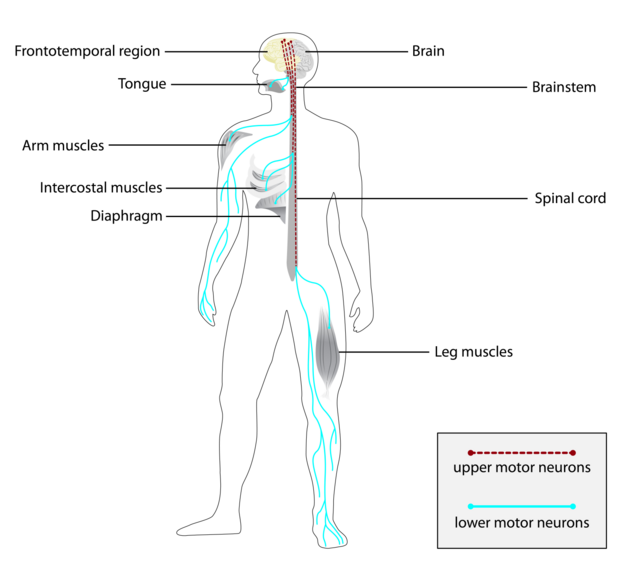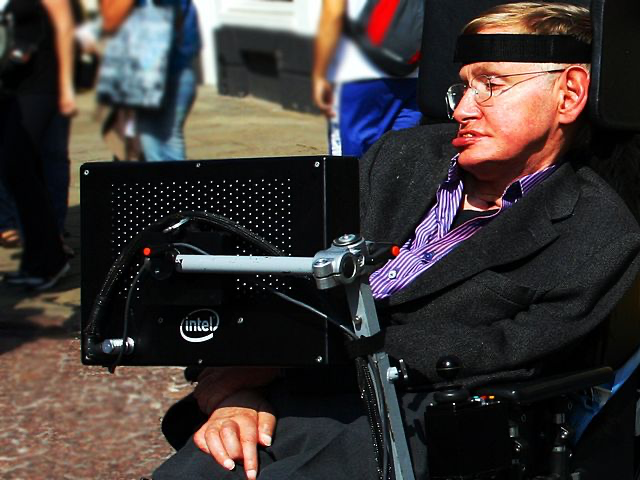Hollywood was stunned this week when beloved actor Eric Dane revealed his diagnosis with amyotrophic lateral sclerosis (ALS). The 52-year-old star, who captured hearts as Dr. Mark Sloan on “Grey’s Anatomy,” announced with remarkable composure. “I have been diagnosed with ALS,” Dane shared in a recent interview. “I am grateful to have my loving family by my side as we navigate this next chapter.“
Despite facing this life-altering condition, Dane remains committed to his craft. The actor plans to continue his role as Cal Jacobs in HBO’s hit series “Euphoria,” with production for season 3 beginning April 14. “I feel fortunate that I am able to continue working and am looking forward to returning to set of Euphoria next week,” Dane explained. His determination reflects the spirit many patients show when confronting this challenging diagnosis.
What Is ALS? Understanding The Condition
ALS, also known as Lou Gehrig’s disease, affects thousands of Americans each year. This neurodegenerative condition targets motor neurons, the nerve cells responsible for controlling voluntary muscle movement.

When these cells deteriorate, muscles begin to weaken and waste away. The progression typically starts in one area before spreading to other parts of the body. What makes ALS particularly challenging is its unpredictable timeline.
While most patients live between three to five years after diagnosis, experiences vary widely. Some individuals may survive a decade or longer with the condition. Medical experts note that ALS spares cognitive function in most cases. “ALS doesn’t affect the senses such as seeing or hearing. It also usually doesn’t affect mental functioning,” health specialists explain. This means patients remain mentally sharp while facing progressive physical limitations.
Eric Dane joins a group of notable figures who have faced ALS with courage. The list includes theoretical physicist Stephen Hawking, who lived with the condition for over five decades, actor Kenneth Mitchell, musician Joe Bonsall, and singer Roberta Flack.

Recognizing The Warning Signs
For those concerned about their health after hearing Dane’s news, understanding early ALS symptoms is valuable. The condition typically presents with subtle changes that worsen over time.
Medical professionals identify several key warning signs:
- Muscle twitching and cramping, particularly in hands and feet
- Weakness in limbs that progressively worsens
- Trouble grasping objects or performing detailed hand movements
- Changes in speech patterns or voice quality
- Tripping frequently or dropping items without explanation
- Unusual fatigue in specific muscle groups
- Uncontrollable episodes of laughing or crying
“A gradual onset of progressive muscle weakness—which is generally painless—is the most common initial symptom of ALS,” according to health resources. Early symptoms vary significantly between individuals. Some notice speech changes first, while others experience limb weakness.
Many patients report that early signs were subtle enough to dismiss initially. A person might attribute dropping objects to clumsiness or blame slurred speech on fatigue. This highlights why awareness of combined symptoms matters for early detection.
Eric Dane’s Diagnostic Journey
ALS diagnosis presents challenges for medical professionals. No single test confirms the condition with absolute certainty. Instead, doctors use a process of elimination along with specific diagnostic tools. “ALS is a difficult disease to diagnose. There is no one test or procedure to ultimately establish the diagnosis,” medical sources emphasize. The process typically involves:
- Electrodiagnostic testing (EMG and nerve conduction studies)
- Blood and urine analysis to rule out other conditions
- MRI scans to examine brain and spinal cord structure
- Comprehensive neurological examinations
- Sometimes spinal fluid analysis or tissue biopsies
This thorough approach helps distinguish ALS from other conditions with similar symptoms. The diagnostic journey often takes months, requiring patience from those experiencing symptoms and their families. For celebrities like Eric Dane, this period likely involved consulting multiple specialists while maintaining privacy. Medical experts recommend seeking opinions from neurologists who specialize in ALS for the most accurate diagnosis.
Treatment Options and Support
While no cure exists for ALS, treatments can help manage symptoms and potentially slow progression. The FDA has approved three medications: riluzole, edaravone, and sodium phenylbutyrate/taurursodiol. Research suggests these medications “may improve short-term survival or slow physical decline in people with ALS.”
Treatment typically involves a team approach. Physical therapists help maintain muscle function and mobility. Speech therapists assist with communication challenges. Respiratory specialists monitor breathing capacity, which becomes crucial as the disease advances.

Nutritional support addresses changing dietary needs. As swallowing becomes difficult, adjustments help maintain proper nutrition. Occupational therapists provide tools and techniques for maintaining independence with daily tasks.
For Dane and others with ALS, emotional support proves just as vital as medical care. Support groups connect patients and families facing similar challenges. Mental health professionals help process the emotional impact of a life-changing diagnosis.
Living Forward with ALS: Eric Dane’s Impact
Eric Dane’s decision to continue working sends a powerful message about living meaningfully despite health challenges. His choice reflects what many ALS patients strive for. Maintaining normalcy and purpose while adapting to changing abilities. The actor’s journey with ALS has just begun publicly. His courage in sharing his diagnosis while continuing his career offers inspiration to others facing health challenges.

